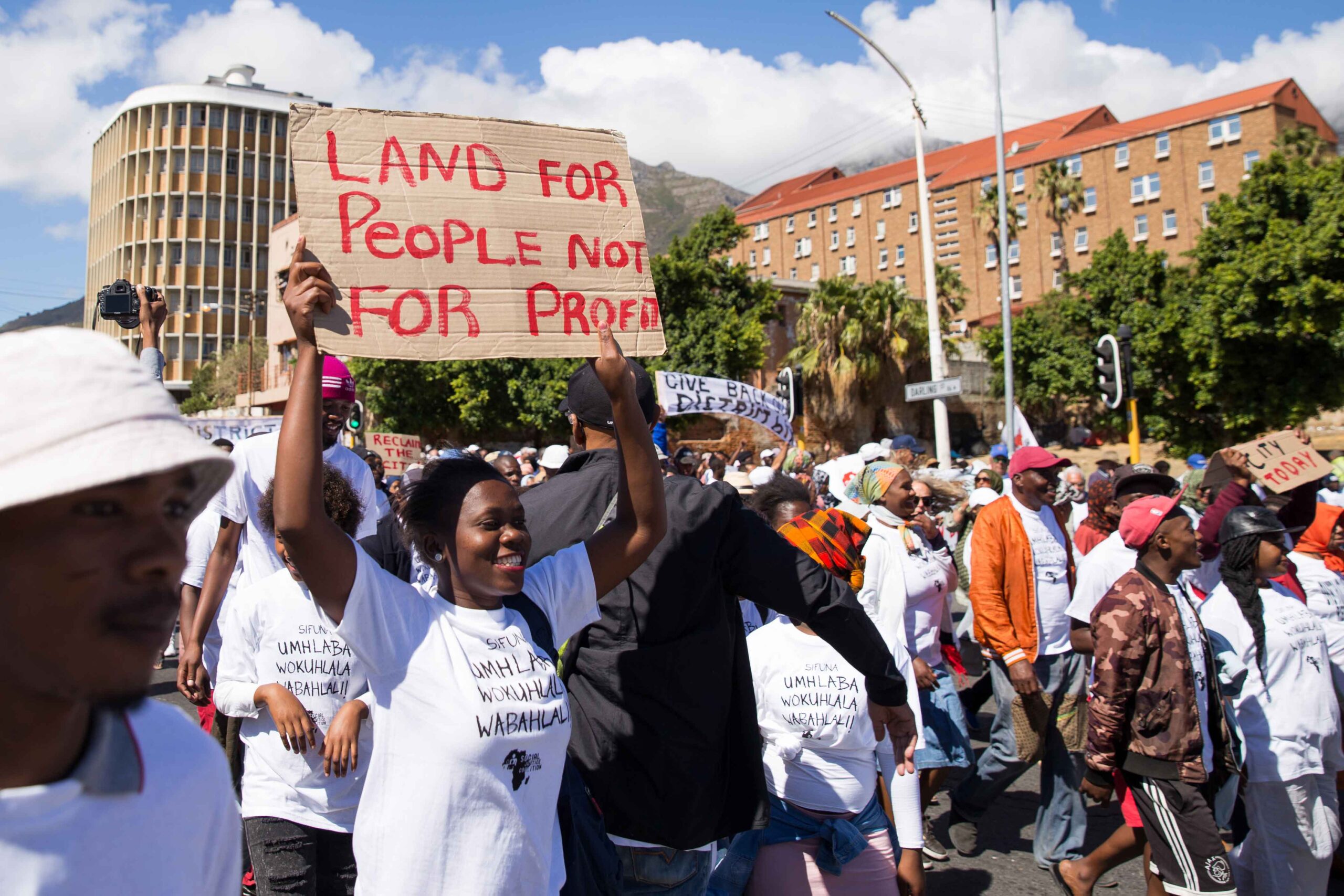Johannesburg – The face of unemployment in South Africa is – according to the 2022 National Human Development report – young, black females.
The report detailed that during the third quarter of 2021, South African blacks in comparison to other race groups were standing at an unemployment rate of 39%. This was at least 9% higher than that of coloured South Africans and 30% higher than that of white people.
It further indicated that youth unemployment in the country was, however, also correlated with the educational levels of the youth.
It revealed that a staggering 40% of unemployed youth did not possess a matric certificate, while that figure was 37% for youth with a certificate. In comparison, it added that the number of young unemployed graduates stood at 13%, which was 22% lower than the national average.
The report was officially released by the Human Sciences Research Council (HSRC) alongside the UN Development Programme (UNDP) under the guidance of the country’s Deputy President Paul Mashatile and Social Development Minister Lindiwe Zulu in Tshwane.
“Prolonged joblessness can lead to a lost generation through the erosion of skills and human capital. We need to wean the youth from dependence on social grants to productive employment, and entrepreneurship is critical to addressing this crisis,” said UNDP resident representative, Dr Ayodele Odusolaa.
In officiating the report, Mashatile said he agreed with the UNDP that the high unemployment rate in the country was a “ticking time bomb” waiting to happen.
He said it was for this reason that the country would simultaneously address poverty and income equality alongside youth joblessness as a developmental imperative.
“To compete among the BRICS nations and the world on a sustained and sustainable basis, we cannot but empower the youth to acquire the skills of the 21st century.”
He added that government efforts to empower young people had to be premised on a growing and inclusive economy; hence, it was crucial for stakeholders to act in unison to re-industrialise and grow the country’s economy.
Although the report found that South Africa faced the triple threat of slow growth, deep poverty, inequalities, and high levels of joblessness, the country still had the capability to overcome the challenge of youth unemployment.
Some suggestions were for the country to be ready to seize the opportunities while minimising the associated risks. And to learn from the youth employability experiences of other countries, and most importantly, to draw on the policy options available.
This story first appeared in The Star.


